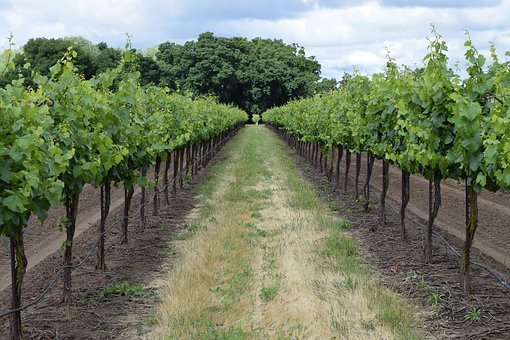Food and Beverage Wastewater Treatment—Here’s How It’s Done
When different food and beverage companies process and manufacture products, they use a substantial amount of water, which ultimately results in the release of high organic-strength wastewater from those products.
Most industries struggle to tackle the challenges associated with food and beverage wastewater. These include poor manufacturing conditions, temperature changes, high-volume production, inadequate manufacturing operations, water spills, limited treatment capacity, wastewater surges, and landfill overflows.
However, the increasing need to achieve Sustainable Development Goal 7 has empowered and encouraged these industries to employ various food and beverage wastewater treatment processes to reduce the concentration of undesirable contaminants in the liquid waste stream.
While all wastewater treatment processes consist of breaking down and removing contaminants by harnessing microbes, here are three primary methods most companies resort to for top-notch food and beverage wastewater treatments.
Reverse Osmosis
Industries that employ the reverse osmosis method to purify food and barrage wastewater use a permeable membrane to eliminate all the unwanted particles and ions from the water. It’s an effective process of removing bacteria and chemicals, increasing industries’ opportunities to access renewable water for food and beverage production.
Reverse osmosis works through the process of size exclusion, in which the permeable membrane restricts molecules and particles of a specific size from passing through the drain.
Ion Exchange
Ion exchange is a rare wastewater purification method. Food and beverage wastewater already has ions formed from its contaminants. Industries employ the ion-exchange methods to remove the harmful ions and replace them with beneficial substances.
It’s critical for the replacement substance to have the same electrical charge as the removed ions for effective treatment. Majority of the food and beverage companies avoid using this method to prevent losing essential substances in the wastewater during the exchange process.
Carbon Filtration
Wastewater from food and beverage manufacturing processes consists of many harmful elements and chemicals, including industrial waste, lead, asbestos, and pesticides. Wastewater treatment facilities often use carbon filtration to purify water.
These companies use activated carbon filters to eradicate all the organic chemicals and compounds to make water drinkable. It’s a sought-after technique due to carbon filters’ ability to dissolve chemicals and solvents like lead and radon.
However, it’s not an ideal method for removing harmful wastewater metals like nitrate.At Larsen Engineers, our consultants provide the best wastewater collection, management, and treatment solutions to prevent the health risks and ecosystem damage arising from unclean water. Contact us to learn more about our sustainable design solutions today!

